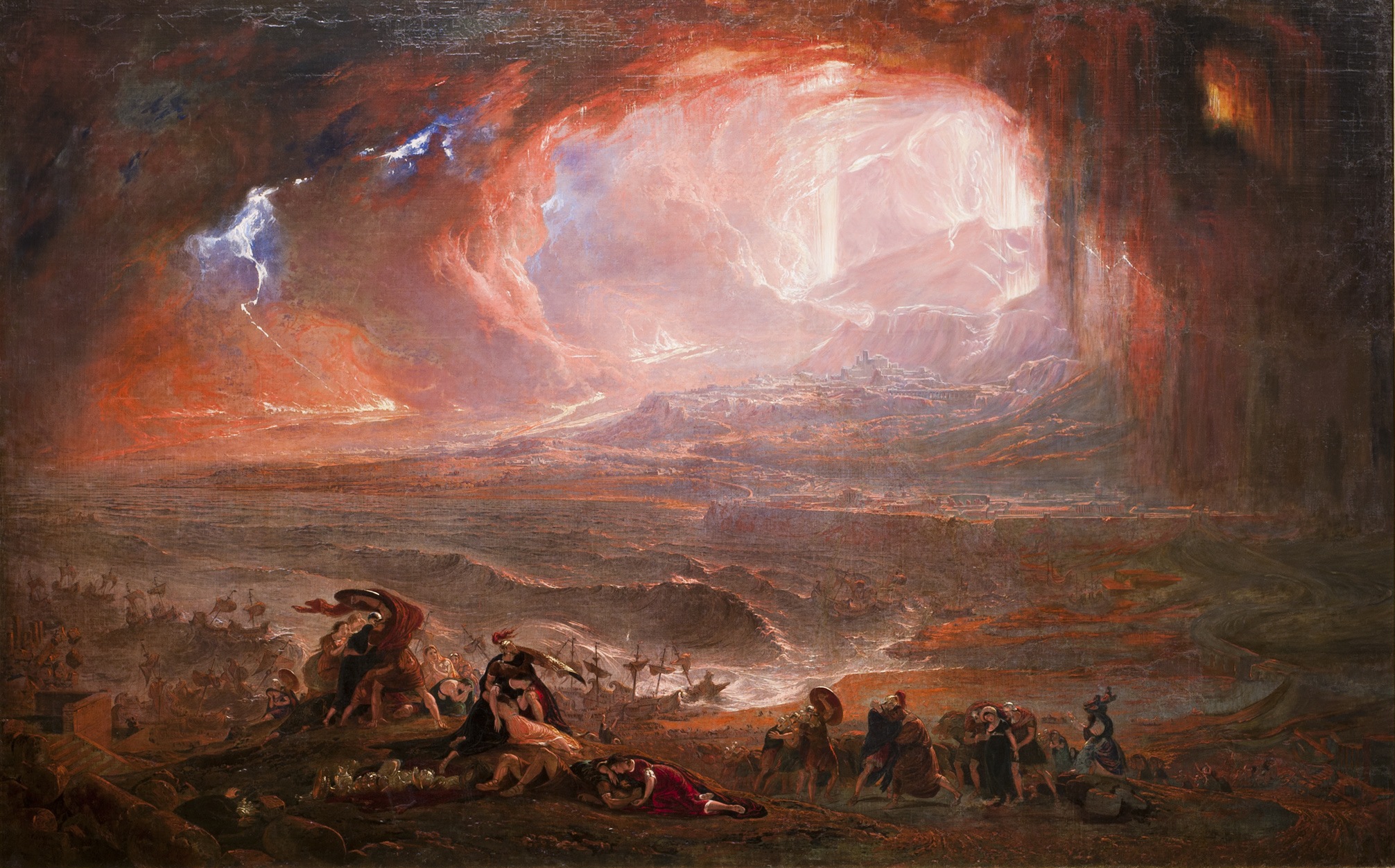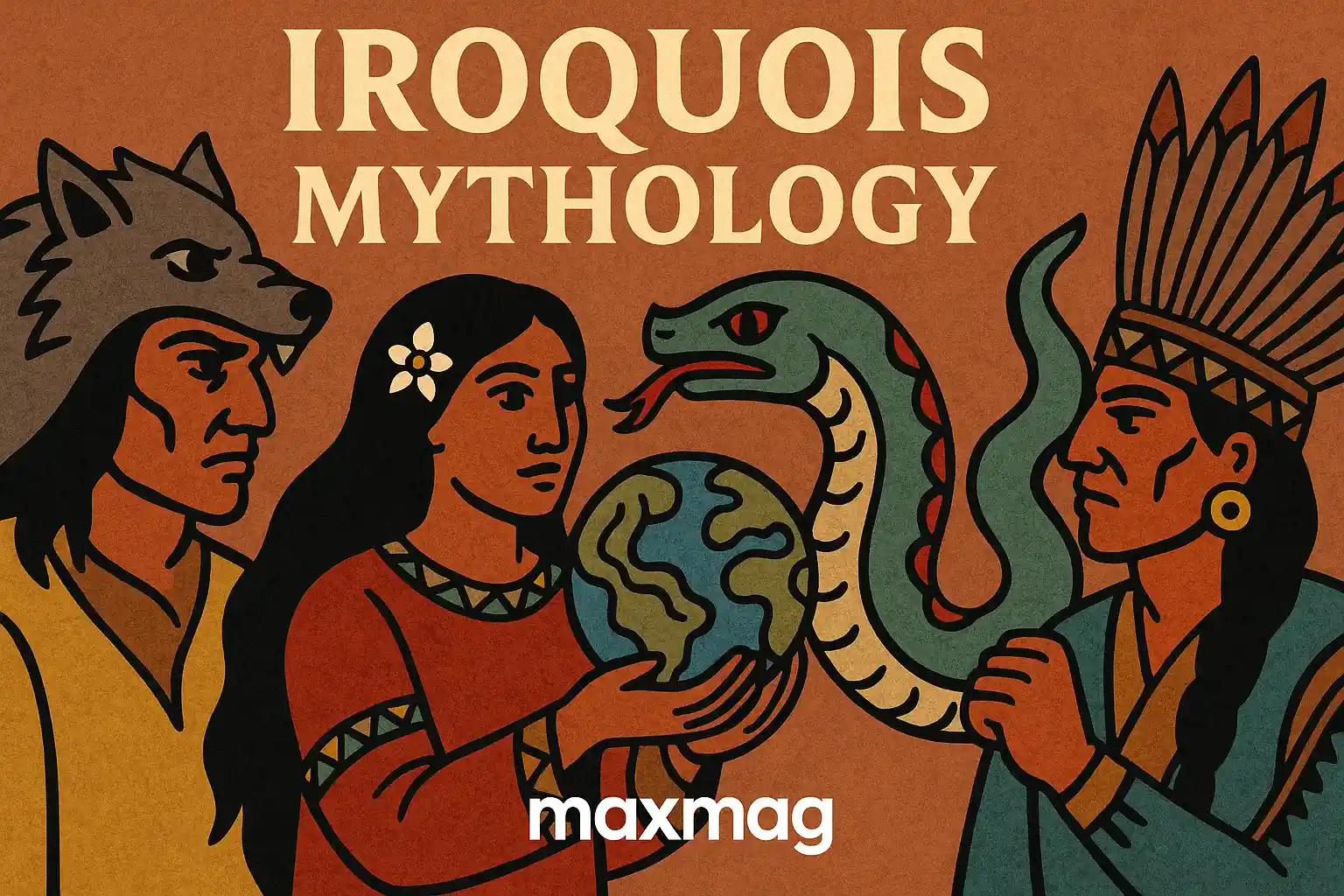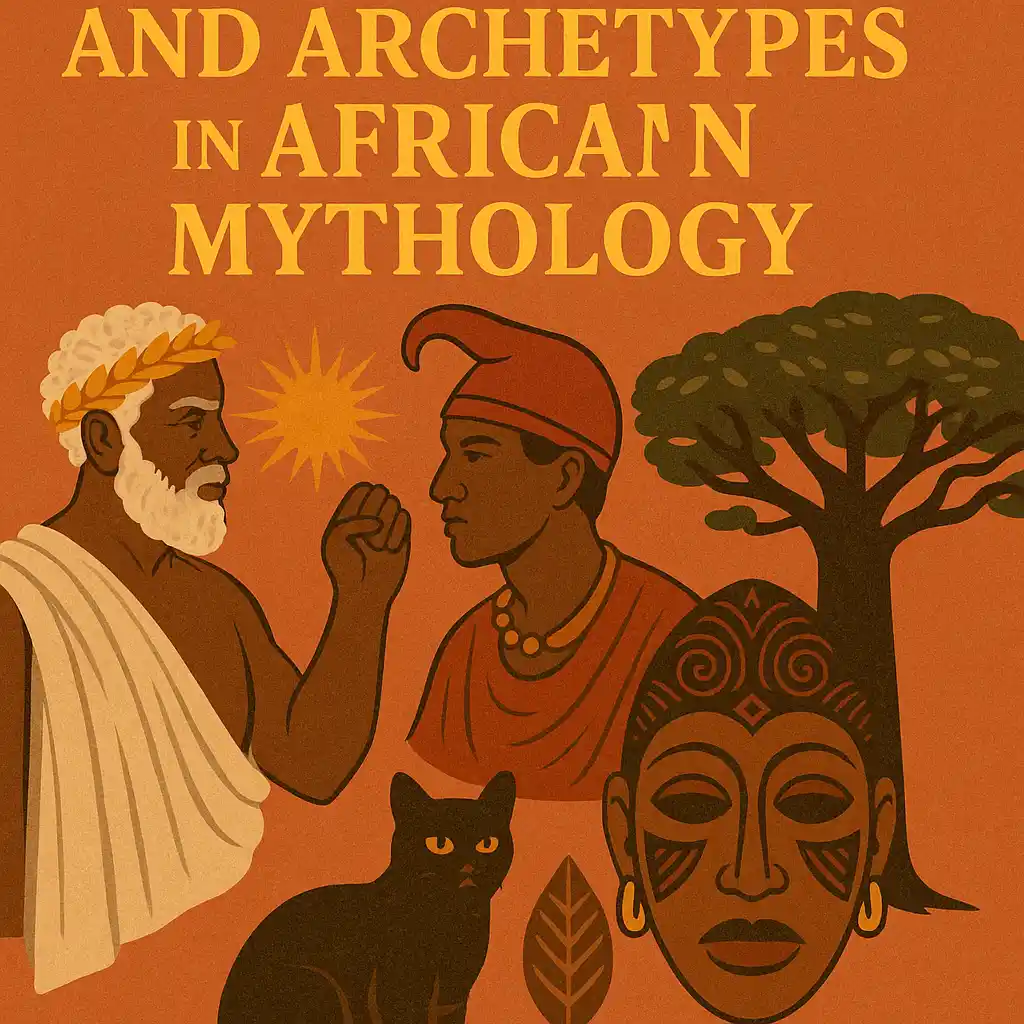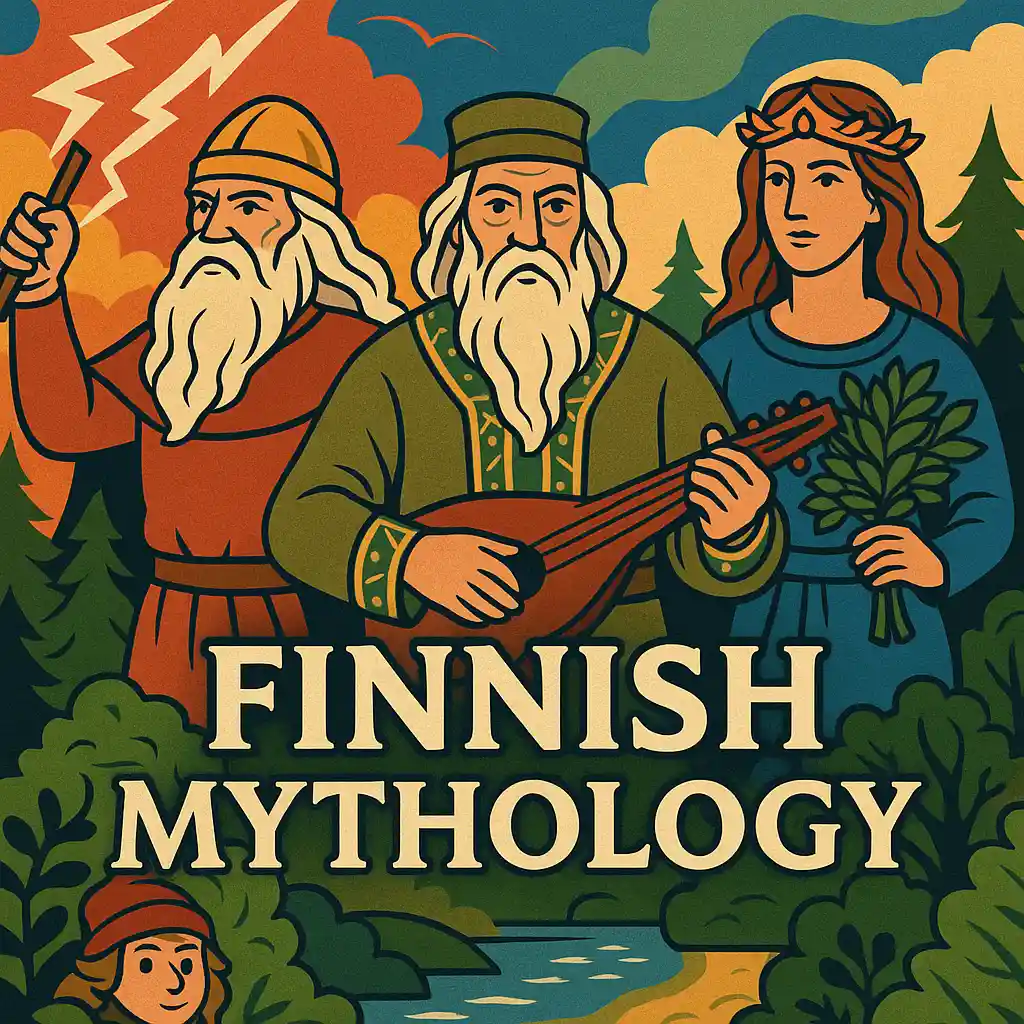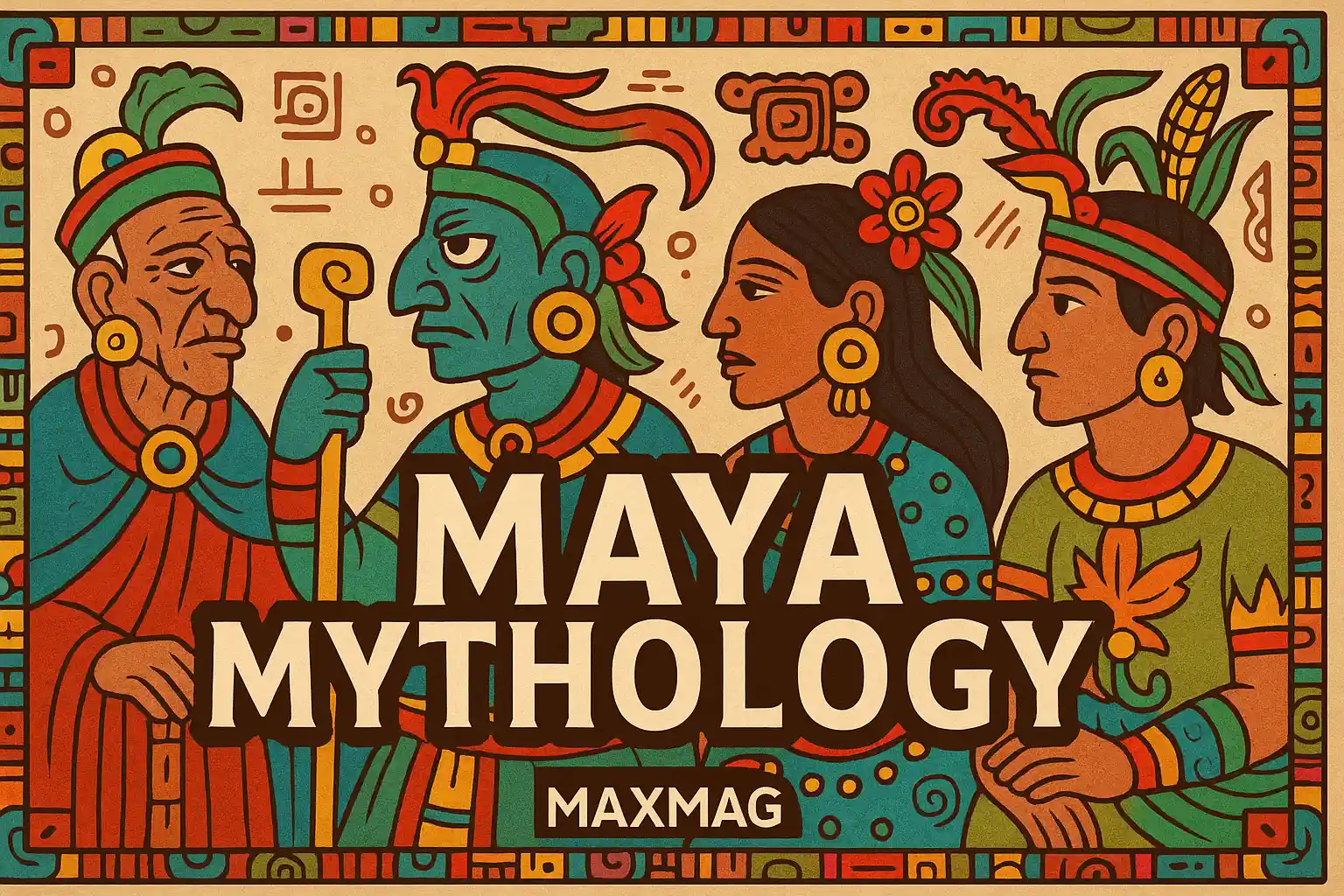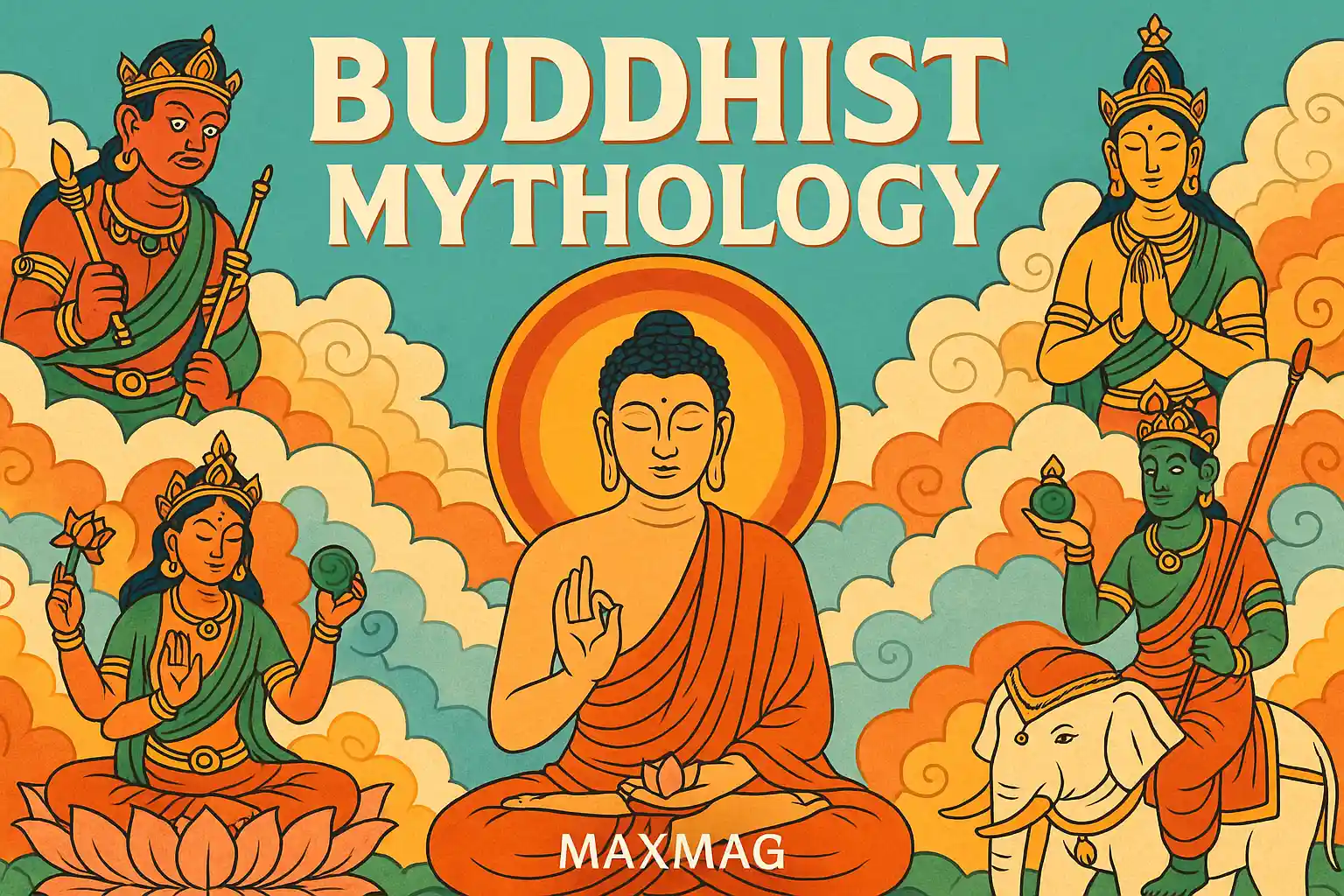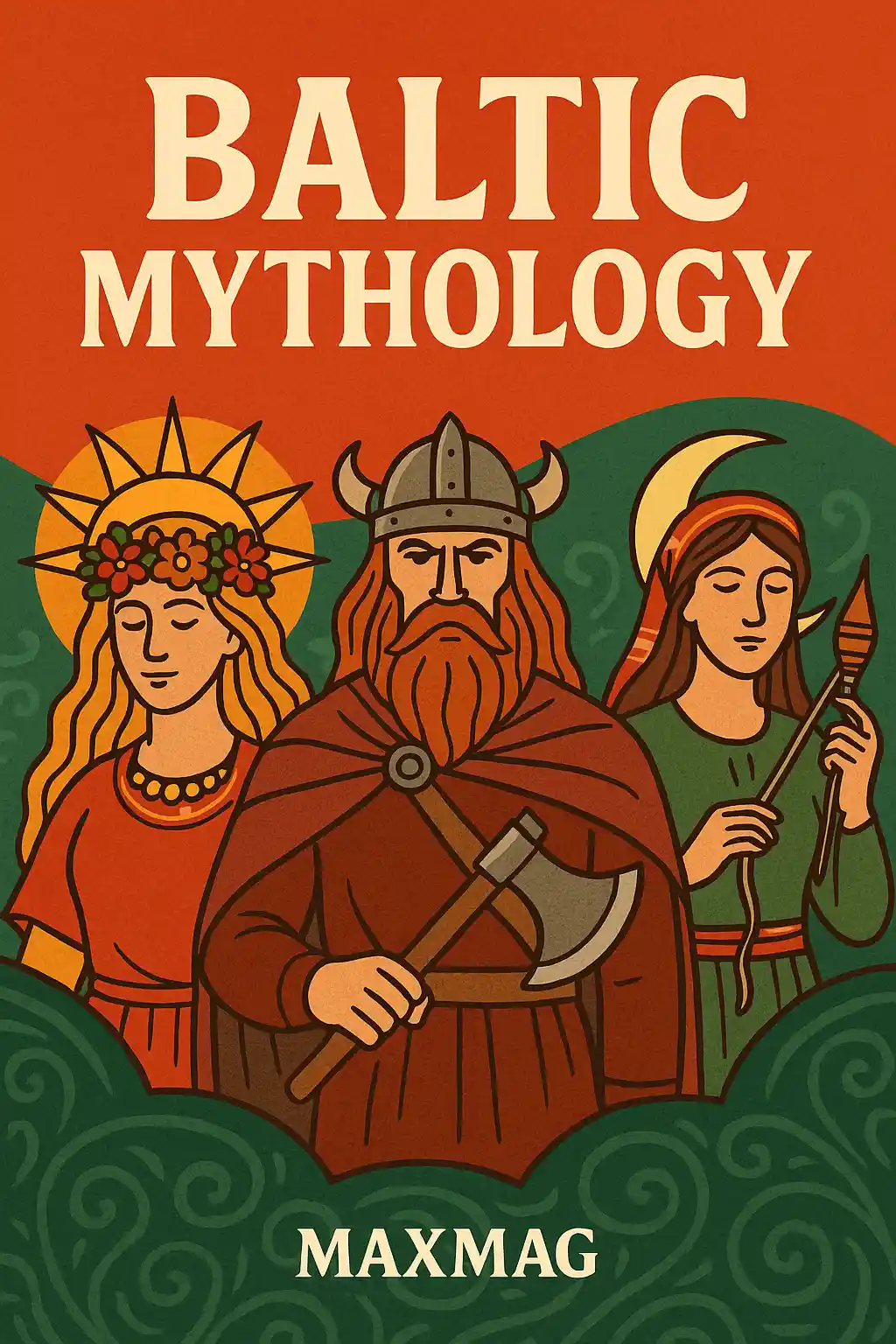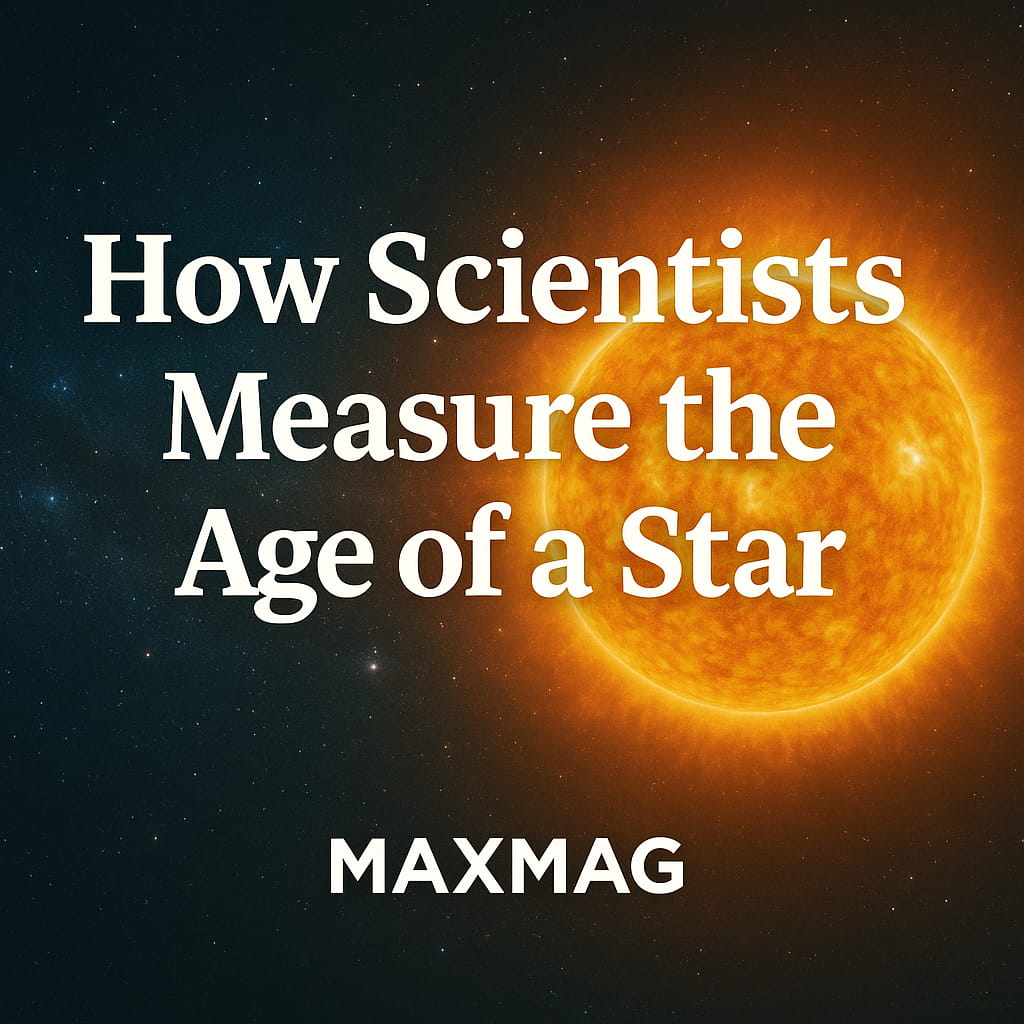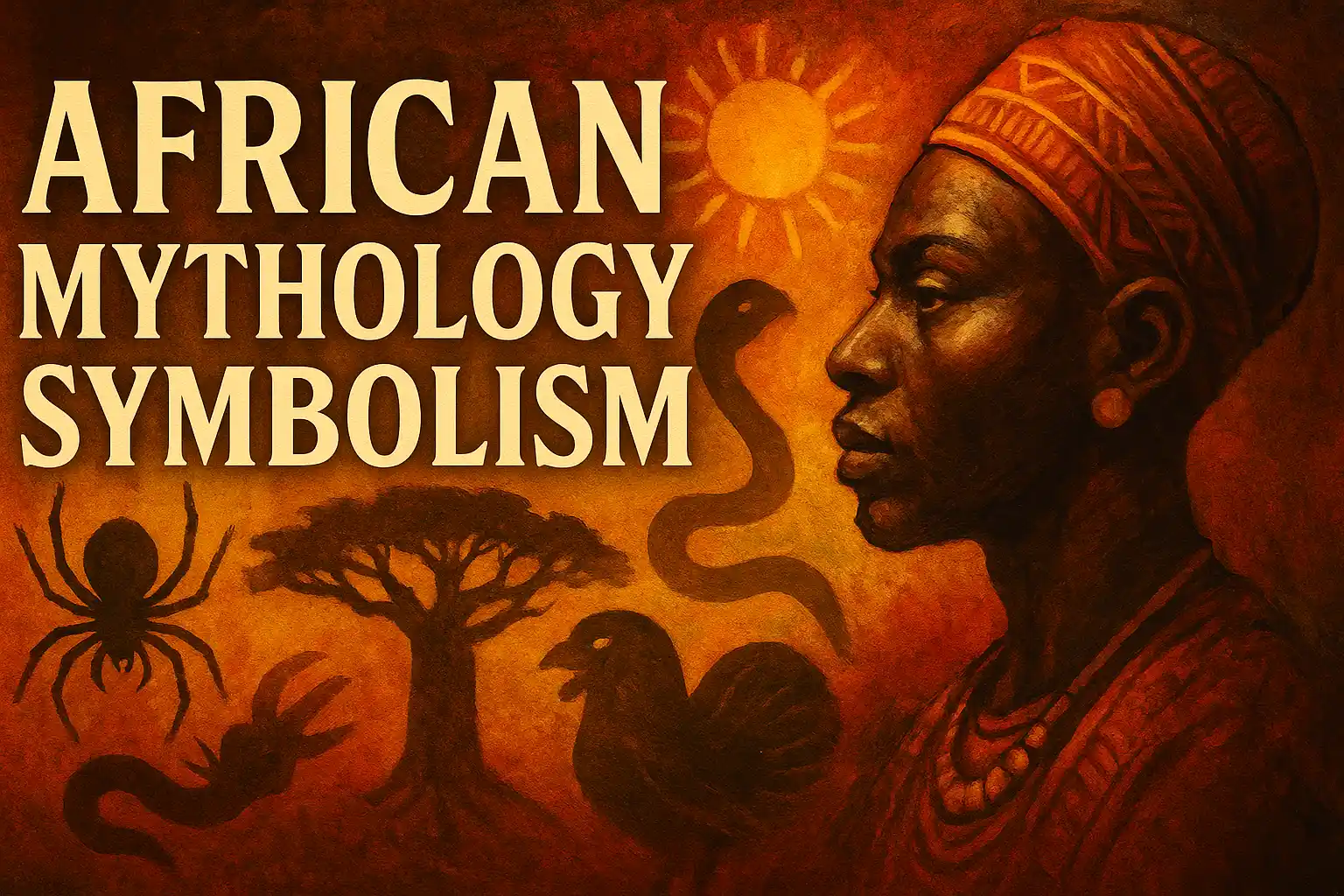
African mythology symbolism is a rich and powerful window into the spiritual, cultural, and historical identity of countless African societies. With more than 3,000 distinct ethnic groups across the continent, Africa holds an unparalleled variety of myths, creation stories, and sacred symbols that help explain the universe, life, nature, and moral conduct. These stories are not mere entertainment; they serve as frameworks through which generations understand the origins of humanity, the forces of good and evil, and the responsibilities of individuals within their communities. Through oral tradition, carved figures, symbolic animals, and mythic gods, African cultures have preserved profound philosophical ideas about the cosmos, human purpose, and divine power. Exploring African mythology symbolism not only helps us understand ancient traditions, but also reveals how deeply symbolic thinking continues to shape African spirituality and art today, offering insights into a worldview that remains vital and resonant.
The Role of Symbolism in African Mythology
In African mythologies, symbolism is not just decorative or abstract. It plays a central role in conveying complex ideas about creation, morality, the divine, and the unseen world. Symbols carry deep cosmological meanings. They are embedded in storytelling, ceremonies, tribal emblems, masks, sculptures, clothing patterns, and even architecture. These symbols are not arbitrary; they reflect the beliefs, fears, and aspirations of entire communities. Unlike linear Western logic, African symbolic systems often emphasize cycles, balance, duality, and transformation, embodying a holistic view of existence where the material and spiritual are intertwined.
Key Elements of African Symbolism:
- Animals like the serpent, lion, spider, and crocodile convey messages of strength, trickery, or spiritual rebirth. Each creature’s characteristics are studied and translated into metaphors for human behavior and divine messages.
- Colors such as red (life force), black (ancestry), and white (purity or spirit) are vital in rituals and sacred attire. These colors do not function simply as aesthetic choices but as carriers of energy and intent.
- Natural forces (rain, wind, sun) symbolize divine intervention and the rhythm of life. They remind communities of their dependence on cosmic cycles.
- Shapes and patterns, such as circles or spirals, signify infinity, unity, or cyclical time, reinforcing the African view of life as an ever-repeating journey.
These symbols are often layered in meaning and vary across tribes, such as the Ashanti of Ghana, the Dogon of Mali, or the Zulu of South Africa. Despite regional differences, a common thread runs through African symbolism: an understanding of the interconnectedness between the physical and spiritual worlds.
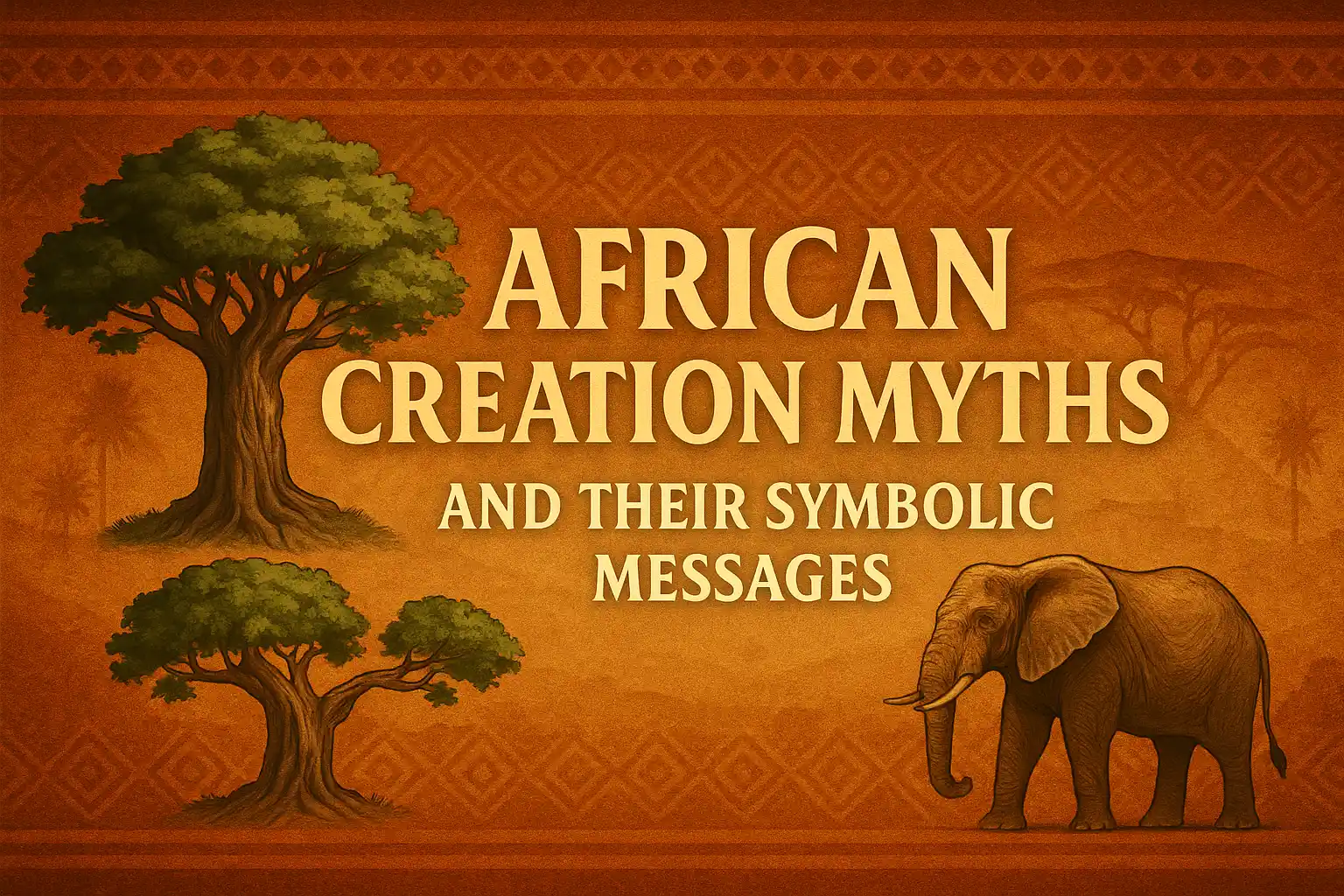
African Creation Myths and Their Symbolic Messages
Many African creation myths aim to explain how the world was formed, why suffering exists, and what role humans play in the cosmos. These stories are always infused with symbolic elements that communicate deeper truths. Far from simplistic tales, they function as philosophical systems passed down through generations. Each myth is crafted to address existential questions, while reflecting the natural environment, moral values, and spiritual hierarchies of the community.
1. The Dogon of Mali
The Dogon believe the universe was created by the god Amma, who crafted the earth from a lump of clay. The cosmic egg is central to their belief, symbolizing the birth of existence. From this egg, the structure of the universe unfolds, including stars, planets, and life itself. The Dogon also revere the Nommo, amphibious ancestral spirits who descended from the heavens to bring order and knowledge. Water, often associated with the Nommo, represents life, mystery, and spiritual purification. Their mythology also describes a complex system of stars, suggesting symbolic ties between astronomy and divine order, far preceding modern astronomical discoveries.
2. The Yoruba of Nigeria
In Yoruba tradition, Obatala descended from the heavens to create dry land from a watery chaos using a snail shell filled with earth, a chicken, and a palm nut. Each element is symbolic:
- Snail shell: sacred container of life, representing gentleness and patience in creation.
- Chicken: spreading the land, symbolizing creation and order emerging from chaos.
- Palm nut: growth and fertility, embodying continuity and abundance.
This myth captures the transformation of disorder into order and reflects Yoruba cosmology’s emphasis on divine will, patience, and ritual as necessary for shaping the world. The act of creation is not instant but gradual, symbolic of the careful shaping of life and culture.
3. The Zulu of South Africa
The Zulu creation myth speaks of Unkulunkulu, the first man, who emerged from a reed. Reeds thus symbolize birth and emergence from the primal void. The myth suggests that life itself springs from water and vegetation, reflecting the environment’s importance. Rivers, reeds, and grasses often appear in their folklore as channels between the divine and earthly realms. These elements serve as metaphors for communication, spiritual awakening, and the fragile yet vital connection between humanity and nature.
4. The Bantu Cosmology
Among Bantu-speaking peoples, Mawu-Lisa are dual creator deities representing the sun and moon, male and female, night and day. This duality is a recurring symbolic theme, promoting harmony and cosmic balance. These opposing yet complementary forces illustrate the necessity of coexistence, reinforcing that all aspects of existence have their time and function. The myths teach that imbalance leads to disorder, while harmony ensures health, prosperity, and divine favor.
Symbolic Figures and Archetypes in African Mythology
Mythological figures often serve as archetypes, carrying deep symbolic meaning and moral lessons. These figures are not just characters but manifestations of human traits, divine will, and spiritual paths. They are essential to understanding the values of African societies, as each represents a moral lesson, spiritual challenge, or path to enlightenment.
Anansi the Spider
One of the most widely known figures in West African mythology is Anansi, the spider god of wisdom and storytelling. He is a trickster, but also a cultural hero who brings knowledge to humanity. The spider’s web symbolizes interconnectedness and the unseen links between people, stories, and time. Through deception and cleverness, Anansi shows that wisdom can come from unlikely sources and that knowledge, once gained, must be shared. His stories are central in teaching children how to navigate life’s challenges with wit and flexibility.
Eshu (Elegba)
Eshu is the Yoruba messenger god who controls fortune and mischief. He appears at crossroads, representing choice and duality. The crossroads itself is a powerful symbol in African mythology—a place of transition, decision, and spiritual passage. Eshu’s unpredictable nature underscores the importance of intention in ritual and the idea that divine outcomes often depend on human action. He reminds believers that even in divine order, there exists freedom of choice and the ever-present potential for change.
Nyame
In Akan mythology of Ghana, Nyame is the sky god and supreme creator. The symbolism of the sky—its vastness, eternity, and reach—reinforces Nyame’s role as an all-seeing, all-knowing deity. The sun, moon, and stars are said to be his eyes, watching over the moral behavior of humans. His presence is not confined to temples; it is above everyone, reminding people that justice and divine law are constant and inescapable.
Olorun
Yoruba cosmology centers around Olorun, the supreme deity and source of all energy (ashe). The symbolic concept of ashe represents the power to create change, used in both creation and magic. It flows through all things, enabling communication with spirits, healing, and transformation. Olorun’s role as a passive yet all-powerful force highlights the African belief in the unseen as more real and potent than the material.
The Symbolism of Nature and Animals
Nature and animals in African mythology are far more than background scenery; they are vessels of divine communication and moral guidance. The natural world is alive with spirit, and each element—whether animal, tree, or weather pattern—is imbued with purpose and meaning. Understanding these symbols provides insight into the African relationship with nature as sacred and interconnected.
The Baobab Tree
Known as the “tree of life,” the baobab symbolizes community, wisdom, and continuity. Many myths describe gods or ancestors living within its hollow trunk, and it often marks sacred ground. Its massive size and longevity make it a living symbol of stability and ancestral presence. In many communities, gatherings beneath the baobab are considered sacred meetings where decisions are guided by tradition and spiritual oversight.
The Serpent
Across Africa, serpents hold ambivalent symbolism:
- Danger and chaos, as seen in stories where snakes guard sacred sites or represent treachery.
- Healing and rebirth, linked to their shedding of skin, a symbol of renewal and change.
- Feminine power and earth energy, with serpents often associated with fertility goddesses and sacred groves.
This dual nature makes the serpent a powerful representation of life’s complexities.
The Lion
Often seen as a symbol of strength, leadership, and kingship, the lion features prominently in East African and Ethiopian myths. Its roar is considered divine speech, a call to justice and power. Lions are associated with royal clans and spiritual authority, serving as guardians of sacred knowledge and societal order.
The Crocodile
In the Nile Valley, crocodiles were associated with protection and fertility. The Egyptian god Sobek, depicted as a crocodile, is a powerful example of this symbolism. Crocodiles are seen both as terrifying predators and as life-giving forces in the watery domains they inhabit. They symbolize paradox: life and death, creation and destruction.
Birds
- Owl: wisdom, prophecy, and omens—sometimes feared, sometimes revered.
- Eagle: divine sight and power, often the companion of sky gods.
- Hen: fertility, nurturing, and the origin of life, linked to mother goddesses and protective spirits.
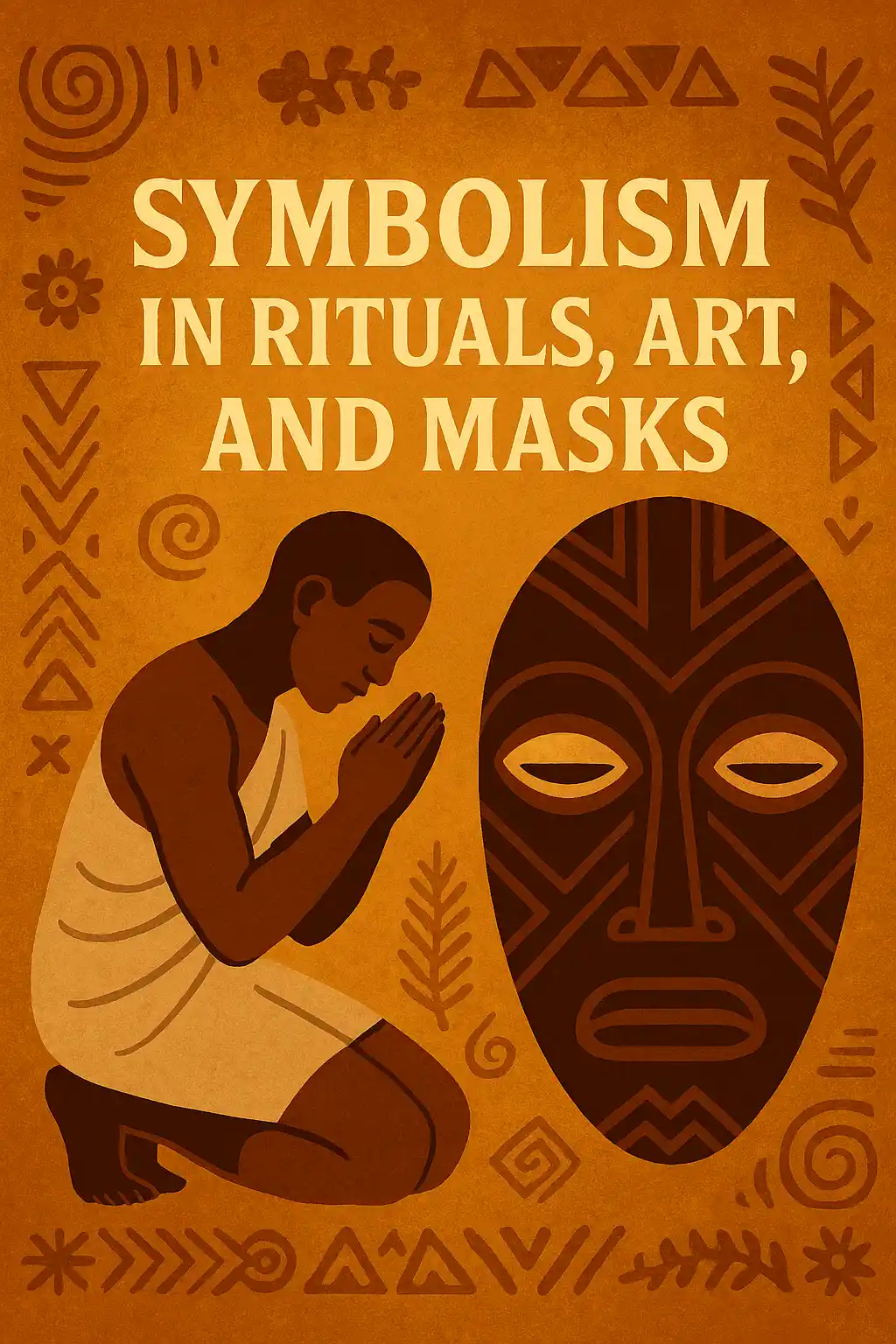
Symbolism in Rituals, Art, and Masks
African masks and ritual objects are among the most striking symbolic artifacts in the world. They represent spirits, ancestors, deities, and animals, and are used in initiation ceremonies, funerals, harvest festivals, and healing rituals. Every element—from shape to color to material—is chosen for its symbolic power and spiritual resonance.
Ritual Masks
Each mask has its own meaning depending on the tribe:
- Fang masks (Gabon): represent justice, ancestral presence, and transition between life and death.
- Bambara antelope mask (Mali): symbolizes agricultural fertility, hard work, and seasonal renewal.
- Yoruba Gelede masks: honor the spiritual power of women, particularly mothers and elders, whose influence is essential to societal health.
Colors and Patterns
- Black and white patterns symbolize duality and harmony, often seen in initiation ceremonies.
- Red and yellow signify life, blood, vitality, and divine energy.
- Geometric shapes reflect cosmic order, ancestral paths, and divine logic embedded in the universe.
Scarification and Body Art
In many tribes, symbolic marks on the body represent maturity, spiritual transformation, and tribal identity. These scars are not disfigurements but emblems of experience, marking a person’s passage through life stages and their role within the spiritual hierarchy.
Oral Tradition as Symbolic Transmission
Since much of African mythology is oral, language itself becomes a symbolic vehicle. Proverbs, riddles, epic chants, and praise poetry all use metaphor, allegory, and symbolism to encode meaning. Oral transmission ensures the survival of collective memory, moral codes, and identity.
Example proverb from the Akan:
“The river does not forget its source.”
This symbolizes the importance of ancestry, heritage, and gratitude. Through these oral traditions, the symbolic structure of African belief systems remains vibrant and alive, adapting to new contexts while preserving ancient wisdom.
The Contemporary Relevance of African Mythology Symbolism
African mythology symbolism continues to shape African spirituality, literature, music, fashion, and social values. From Afrobeat lyrics referencing Yoruba deities to pan-African movements reclaiming ancestral knowledge, these symbols are seeing a powerful revival. They offer ways for contemporary Africans and the diaspora to reconnect with spiritual roots and reimagine identity in a globalized world.
In Modern Literature
Writers like Chinua Achebe, Ben Okri, and Nnedi Okorafor integrate mythology into their novels, using symbolic language to explore identity, colonialism, and the future. Their work is rich in allegory, blending myth with modern narratives to offer fresh interpretations of African realities.
In Fashion and Design
Contemporary African designers often incorporate traditional symbols (Adinkra, Ndebele patterns) into fabrics and clothing, using fashion as a form of cultural storytelling. These symbols become both aesthetic and political, expressing pride, resistance, and ancestral memory.
In Diaspora Spiritual Movements
African-descended religions in the Americas (e.g., Santería, Vodou, Candomblé) retain much of their original symbolism, especially in their pantheons, rituals, and sacred objects. These systems bridge continents and centuries, affirming that African mythology symbolism remains a living, evolving tradition.
Conclusion
African mythology symbolism is a deeply philosophical and spiritual system that continues to evolve while remaining rooted in ancient truths. From creation myths and animal totems to masks, trees, and gods, African myths weave a symbolic language that explains life, connects generations, and celebrates the divine in all things. Understanding these symbols opens a gateway to appreciating Africa’s complex and beautiful worldviews—as relevant today as they were thousands of years ago. They serve as cultural blueprints, spiritual guides, and artistic inspirations, reminding us that symbolism is not just a relic of the past but a living language of the soul.

